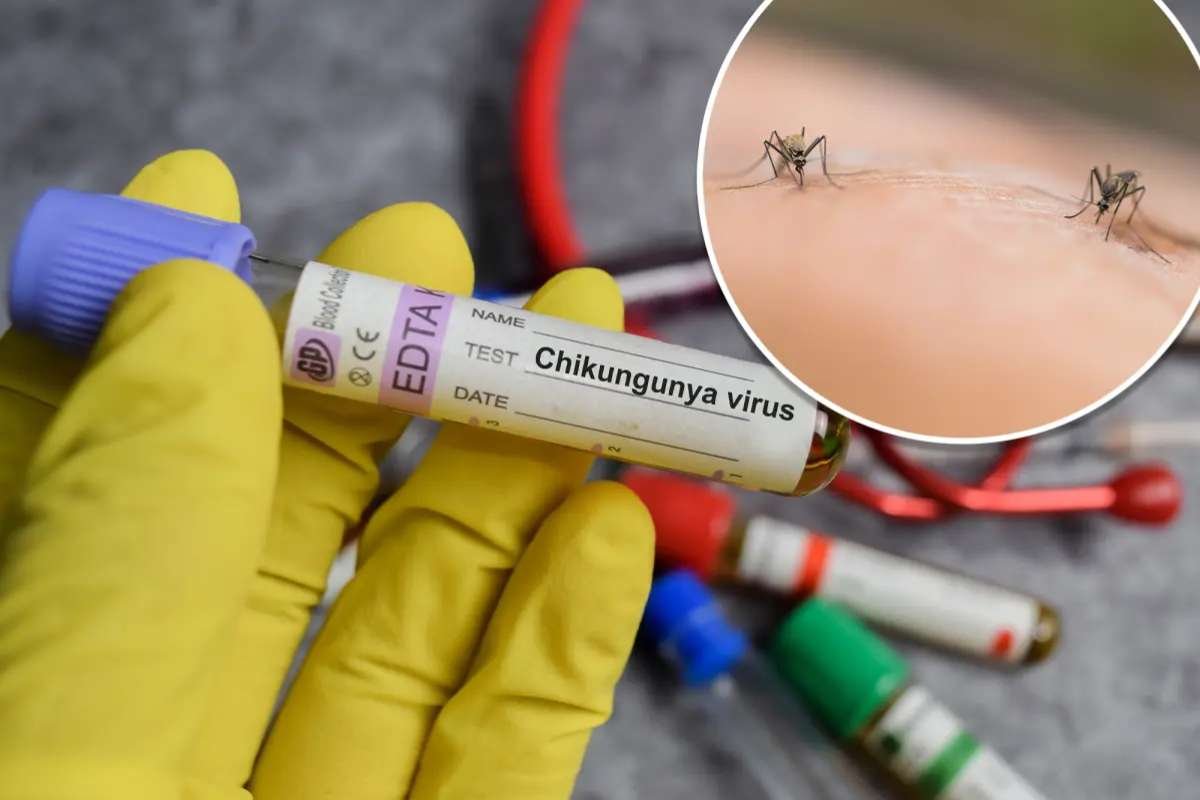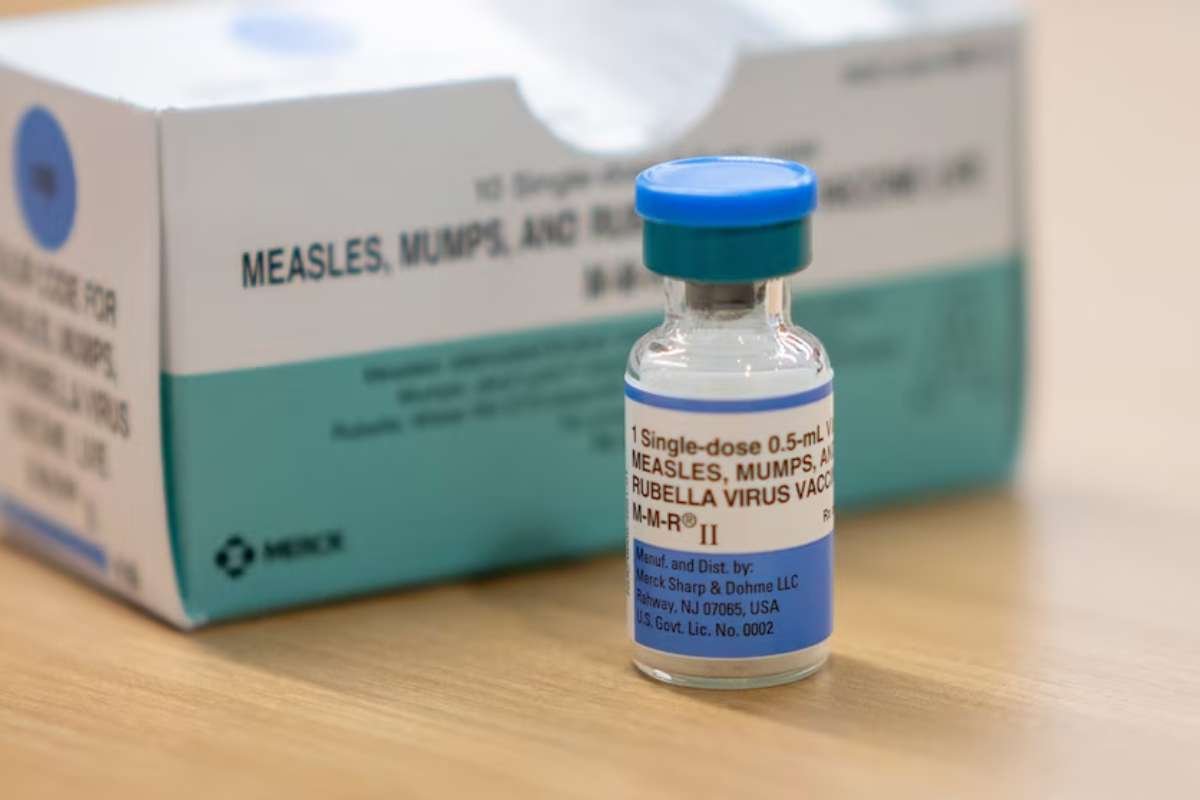Due to the hot weather forcing people indoors and others travelling and attending summer festivities, public health officials are warning of a modest summer rise in Covid. However, recent modifications to the disease-fighting infrastructure in the US, such as the termination of the federal Covid public health emergency, may make it difficult to determine the scope of the danger.
The Centres for Disease Control recently released data for the week ending on July 22 that showed hospitalisations were up 11% from the previous week and emergency department visits were up 17%, though deaths remained at their lowest level since the agency started keeping track of them and hospitalisations were at almost a sixth of their level during the same time last year.
The results were provided to NBC News by CDC spokesperson Kathleen Conley. “The U.S. has experienced increases in COVID-19 during the last three summers, so it’s not surprising to see an uptick after a long period of declining rates,” she said.
The slight uptick, according to experts, doesn’t seem to point to a new variant.
We are currently experiencing the coronavirus pandemic’s fourth summer. According to Dr. Leana Wen, emergency physician and professor of health policy and management at the George Washington University Milken Institute School of Public Health, “Covid-19 cases have increased every summer so far in the United States.”
“It’s important to note that this current increase does not appear to be driven by the emergence of a new variant,” she continued. All current varieties, according to the CDC, are offspring of the Omicron strain, which first appeared in late 2021.
Rising COVID hospitalizations point to another summer surge in infections
Health officials won’t have as many resources at their disposal as they did during earlier outbreaks as they attempt to respond to the increase in cases.
The major insurers are no longer required to cover the tests because the Biden administration stopped sending out free Covid tests in June and the public health emergency has ended. A large number of the home tests Americans bought or received in prior cycles are approaching their expiration dates, and Medicaid will stop offering testing in September 2024.
According to William Schaffner, a professor at Vanderbilt University who specialises in infectious diseases, “We are going to continue to see people hospitalised for covid for illnesses that could have been prevented had testing been freely and widely available.”
More so, widespread at-home testing over official clinic check-ups means that the extent of Covid across the nation is being less well-captured than at previous points during the pandemic, and the end of the public health emergency in May meant the end of mandatory reporting of Covid data to the CDC.
“We know that the counts we have on our dashboard are an estimate,” Dr. Olivia Kasirye, public health officer for California’s Sacramento County, told KCRA last month. We just know that not everyone is being counted since many people either choose not to get tested or choose to use at-home testing kits. To track the spread of Covid, specialists have turned to wastewater surveillance rather than comprehensive, centralised testing. However, even this has its own challenges.
According to a recent study published in July, wastewater surveillance is no longer a reliable indicator of official case rates or hospitalisation statistics. According to experts, this isn’t because water surveillance is growing worse per se, but rather because the US population is becoming more immune and because home testing has made official counts less credible.







